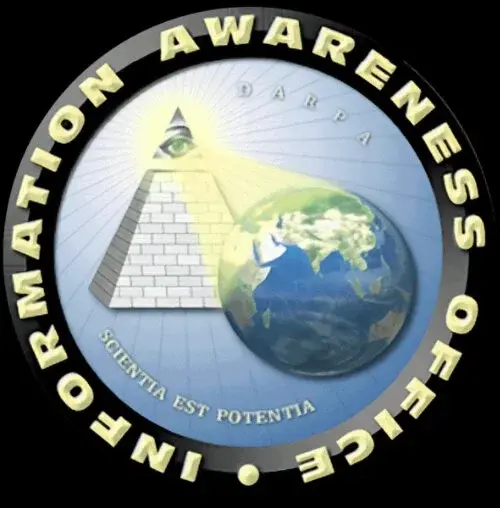Russia is advancing towards a China-like extensive surveillance system. The Perm region is the first to mandate that private video camera owners must integrate their devices into a regional surveillance network, a practice poised to be replicated nationwide.
The initiative, driven by a decree from Perm’s Governor Dmitry Makhonin, took effect on January 25. This move aligns with President Vladimir Putin’s martial law declaration in Ukraine’s occupied territories in October 2022, granting regional governors augmented powers to ensure the “security” of their areas.
Russia’s citizen monitoring has intensified since its Ukraine invasion. Authorities are increasingly scrutinizing social media and employing surveillance cameras to track both activists citizens. Moscow recently trialed facial recognition traffic lights. Alexander Bykov, head of Moscow’s State Traffic Safety Inspectorate, has even suggested that providing biometric data should be obligatory.
Facial recognition is a critical element in Russia’s surveillance strategy. It has been used for detaining opposition activists and identifying individuals who ignored military draft summons, with arrests reported in subways and train stations. Sergey Suchkov, CEO of NtechLab, reports that facial recognition is operational in 62 regions, contributing to the Ministry of Digital Development’s “Data Economy” project, aiming to compile a comprehensive profile of citizens’ activities.
Currently, private cameras are inaccessible to regional authorities, and only half of the 1.2 million street cameras are state-owned, as reported by the Digital Development department in November 2023. A major goal is to centralize street surveillance, with private cameras playing a significant role.


